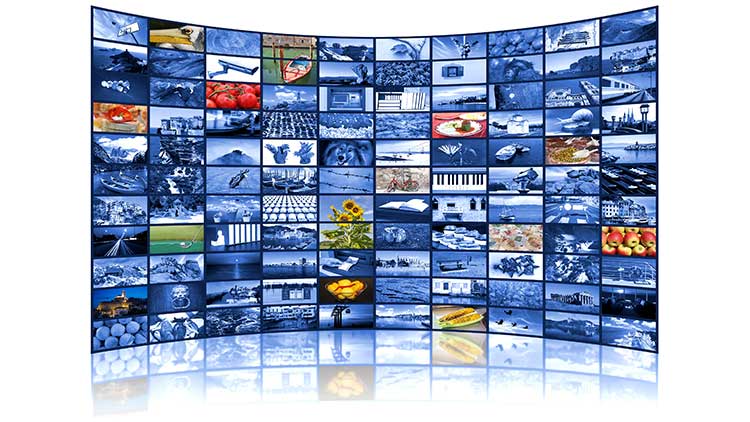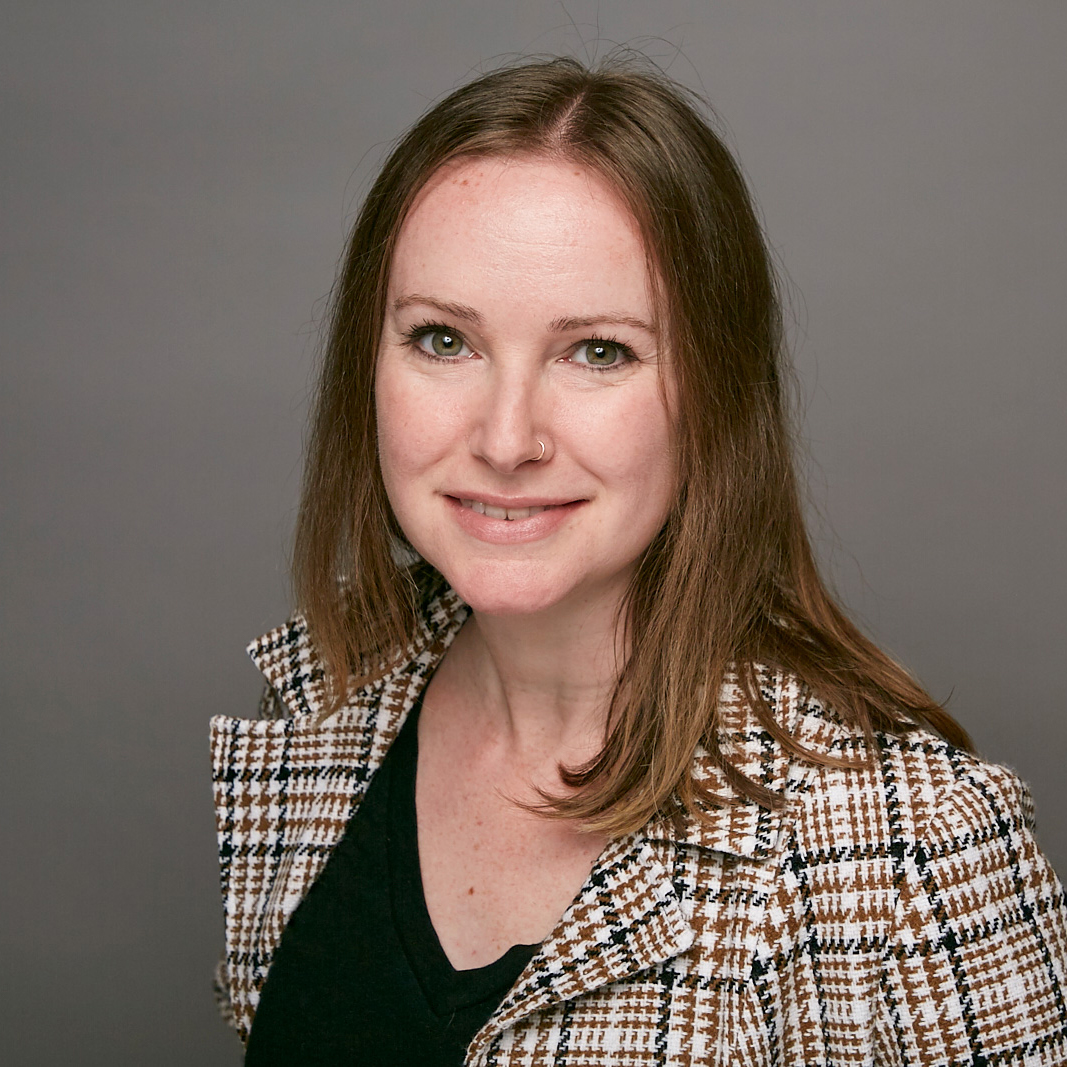Advanced TV Optimization In Three Steps

Advanced TV is a hotbed of new terms and acronyms. Buyers and sellers are creating products like CANs (contextual audience networks) and delivering through channels like VOD (video on demand) and OTT (over the top). With these new products also comes new data, from Smart TVs, cable set top boxes and third party aggregators. For an advanced TV media company, there might be 4, 6 or 8 different advanced TV offerings that each deliver across multiple channels. Buyers each want a different targeting dimension on top. This new market is already complex, and according to Credit Suisse analyst Omar Sheikh, it will explode to take in $100 billion by 2030.
What used to be managed within an Excel file now requires complex formulas and thousands of rows of data. Sellers and planners lack the information and flexibility they need to negotiate the right prices and delivery terms. Operations teams have trouble maximizing yield across these channels without knowing the delivery details. New offerings like Open AP still require individual, manual negotiations with each network in order to transact and deliver, with the added complexity of audience data from disparate sources.
Buyers are demanding more simplified ways to buy what they want. Walled gardens like Facebook and Google in digital media provide audience buying in an automated setting that offers reliable, repeatable products without a lot of expensive (and time consuming) back and forth.
Key elements that define the future of automated TV sales includes:
• Maintaining negotiating control – Media companies negotiate with buyers very carefully, any kind of open market or transparent pricing and product elements would diminish the media company’s ability to assemble deals that meet advertiser requirements and media profitability.
• Preserving margins – TV advertising sales is a profitable business because it offers quality inventory that is scarce and large audiences that are captive. Automation that underplays these unique elements or diminishes the branded elements of the content and media company erodes this value.
• Increasing visibility – Sellers must maximize their understanding of the entire suite of products and audiences available in order to create a multi-channel proposal that is competitive in the market.
• Centralizing delivery and yield – In order to maximize profits, media companies need to understand how campaigns are performing across channels and have the ability to move budget with flexible delivery. Additionally, TV companies want to avoid ceding control to black-box technology vendors that focus on arbitrage rather than supporting media company strategies.
In order to achieve these goals, media companies have two choices: to evolve their strategy in small steps or to take a strategic leap forward.
Small Steps - Death by a Thousand Cuts
Take the case of a major TV network that offers one or two flavors of addressable TV, has created a contextual audience network and works with a programmatic TV vendor partner. If each of these initiatives has a separate budget for technology, a separate planner and separate sales teams, several problems crop up quickly. An executive might like internal competition to see which flavor of advanced TV is most successful, but in all likelihood, several flavors are here to stay indefinitely. Without underlying logistical and technical coordination, that same executive loses oversight and control over an ever more complex set of products. Delivery optimization becomes more difficult when different teams are looking at different systems, and yield management becomes nearly impossible.
Take a Strategic Leap Forward in Three Parts
Rather than decentralizing, enabling disparate projects to take on a life of their own, executives need to focus on a unified infrastructure of sales planning, operations processes and the accompanying technology in a purposeful strategy.
There are three priorities an executive can focus on:
Step 1: The Universal Product Catalogue
Negotiating control starts with knowing the entire breadth of your product offering. TV is moving from a horizontal to vertical sales environment, spanning multiple execution systems, processes and workflows, which vastly increases the various combinations of product offerings. A universal product catalogue acts as a central knowledge center, containing information about every piece of inventory across channels as well as historical pricing information and audience data. It empowers planners and sellers to put together the best possible offering, and sets in motion the ability to streamline trafficking and delivery.
Step 2: A Unified Front End Proposal System
Having a variety of platforms that need to be logged into in order to cobble together a proposal doesn’t only create logistical headaches, it becomes limiting when sellers and planners want to compare things from different systems or combine products into custom offerings with special pricing. Suddenly, the manual proposal process increases in complexity. In order to avoid this issue, a front-end proposal system bolts on to one or many disparate platforms ingest product detail data, empowering sellers to build proposals in real time while maintain pricing control. Details can easily be ported to delivery systems with no manual re-entry.
Step 3: Omnichannel Optimization
Optimization is a cornerstone of digital advertising automation that can benefit TV in similar ways. With a centralized optimization layer, TV companies are able to look at delivery rates more regularly, understand where there are opportunities to improve underdelivery, and shift delivery to more profitable or high performing channels mid-campaign. Knowing how all elements are delivering at the same time not only minimizes delivery issues with advertisers, it increases media profits as well. The layer must be able to ingest delivery data from disparate systems and normalize it in a centralized report. Ideally, this layer also pushes updated directions to each system automatically.
Advanced TV is so new that serious changes to the business are inevitable. Advanced TV itself is a form of automation, affording media companies a wider level of control and insights. For this reason alone, current manual processes simply don’t hold up. With buyers increasingly comparing linear TV to other options like streaming video, developing a streamlined way to buy, while maintaining profitability and control, is the only way to compete credibly in this growing market.
Broadcasting & Cable Newsletter
The smarter way to stay on top of broadcasting and cable industry. Sign up below
Jessika is an analyst for TVREV and Fabric Media. She previously served in various roles at Broadcasting + Cable, Multichannel News and NextTV, working with the brands since 2013. A graduate of USC Annenberg, Jessika has edited and reported on a variety of subjects in the media and entertainment space, including profiles on industry leaders and breaking news.

